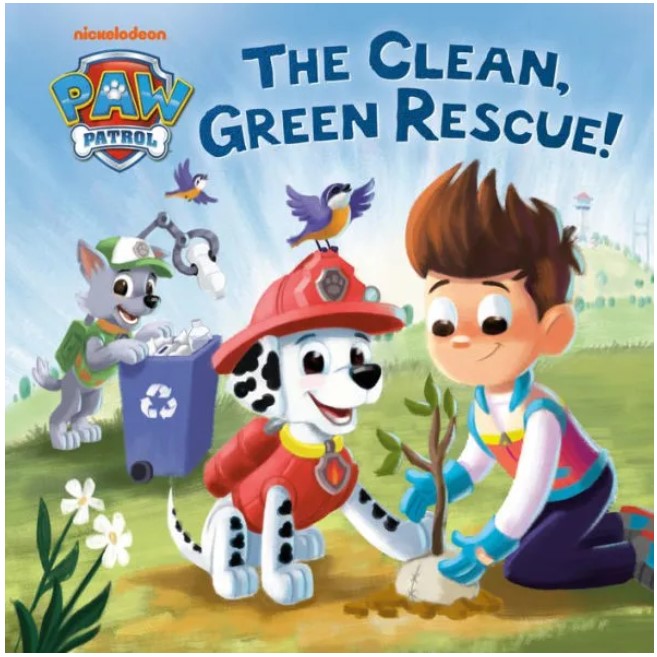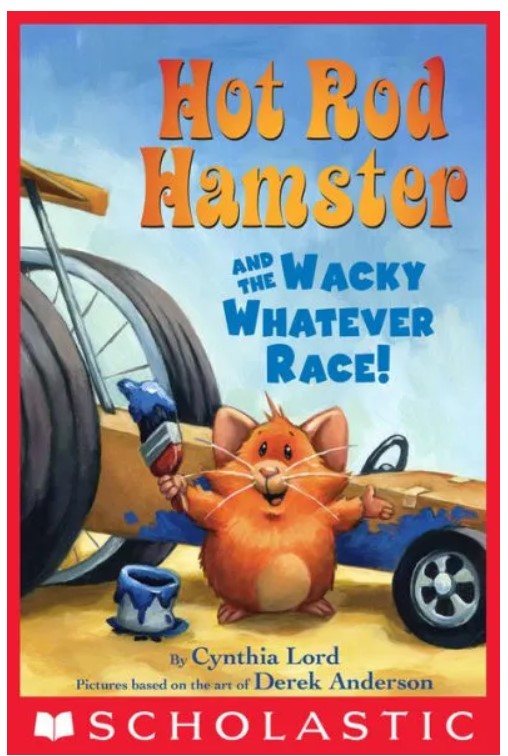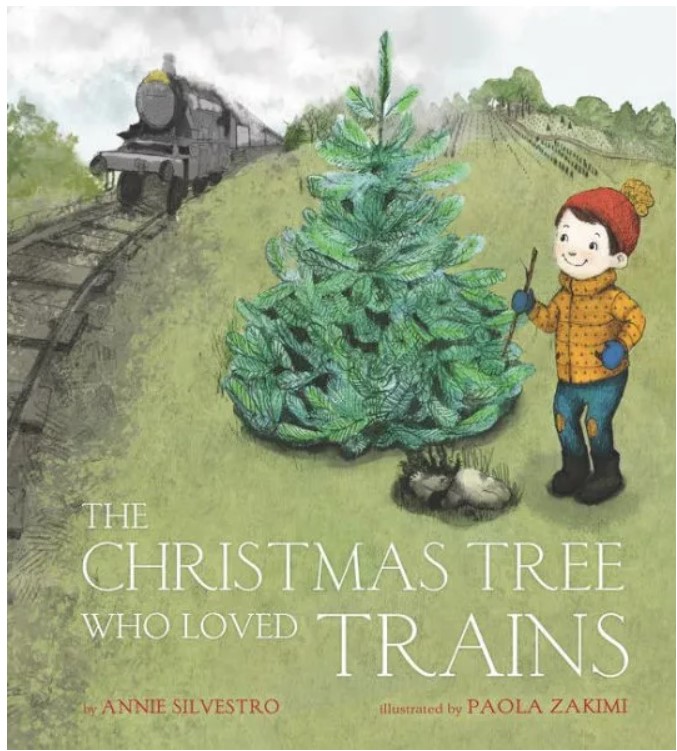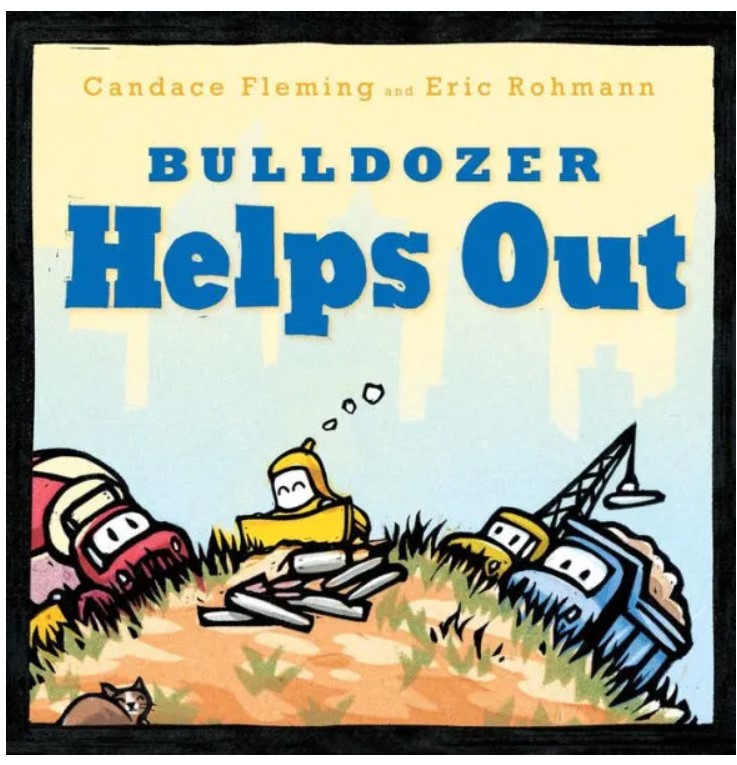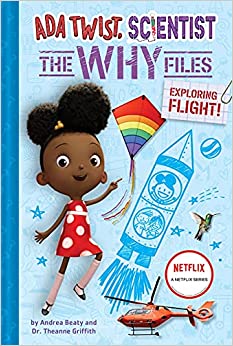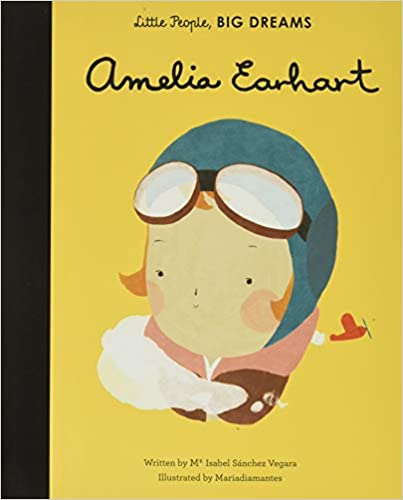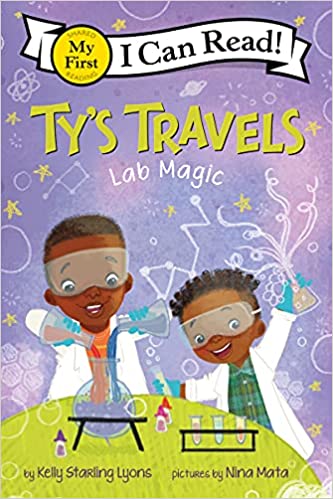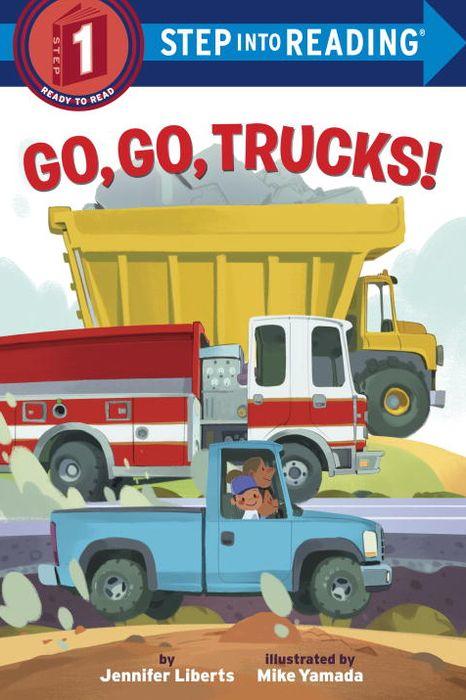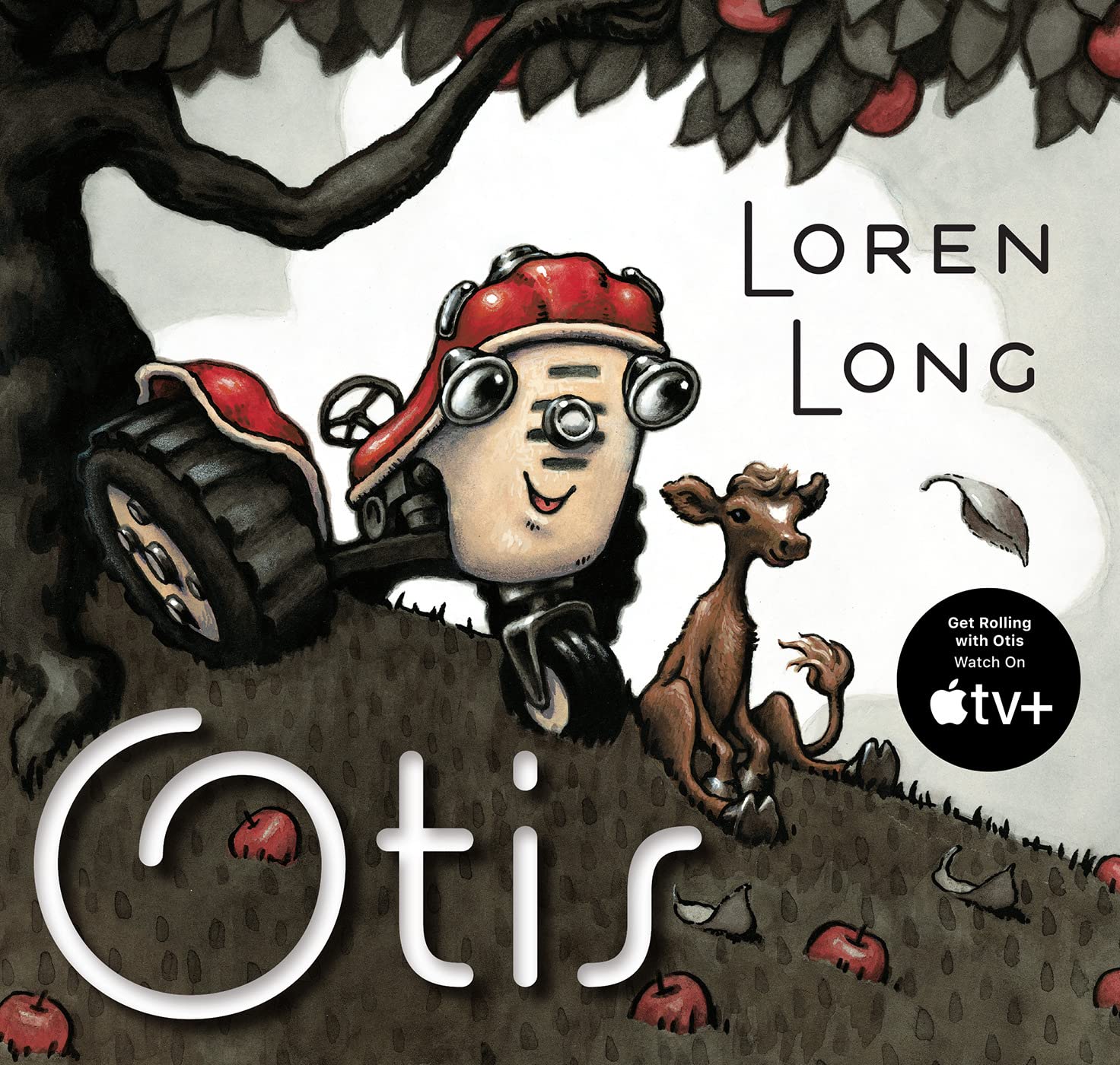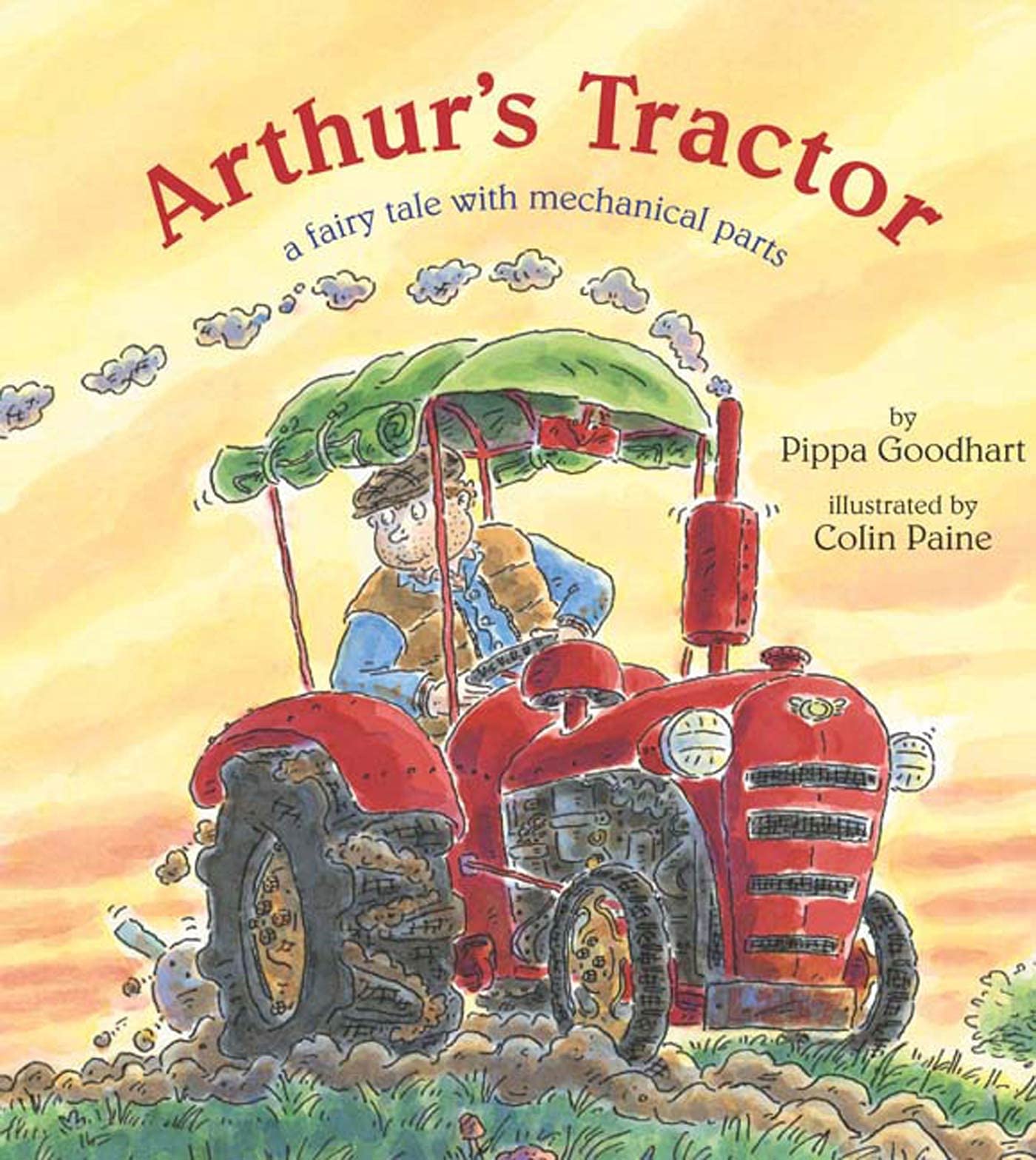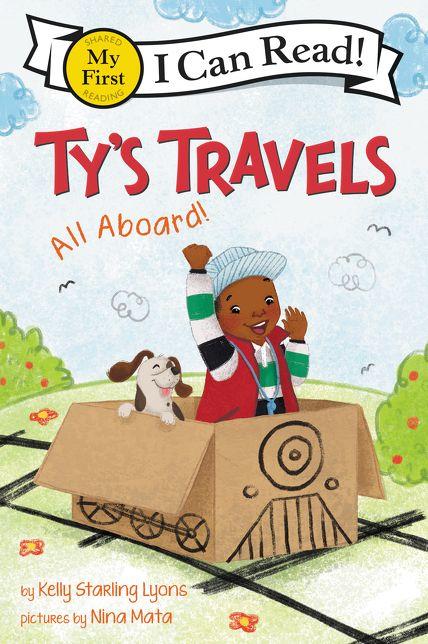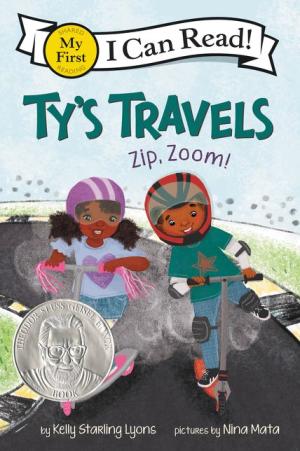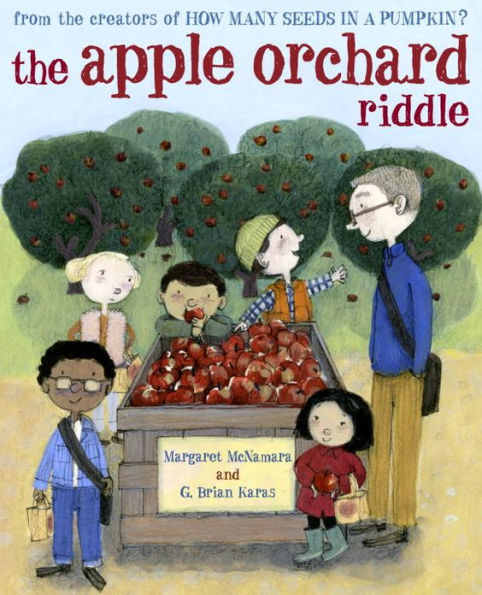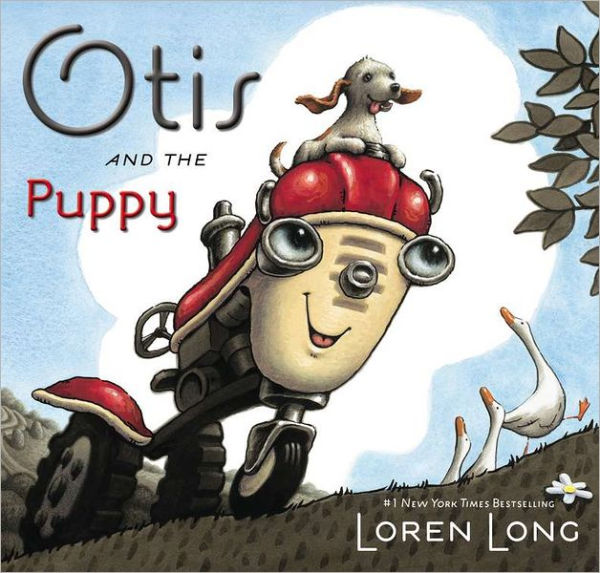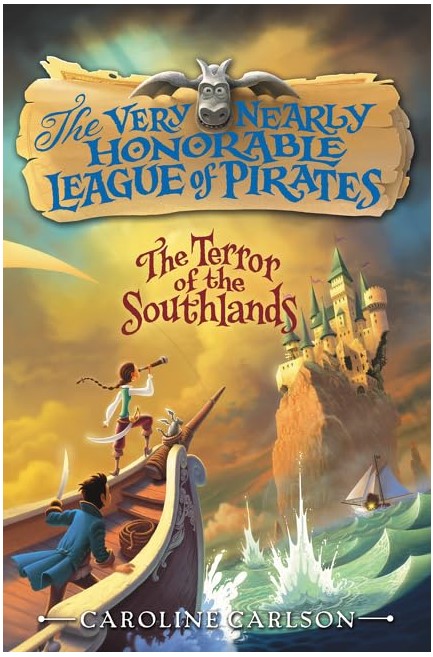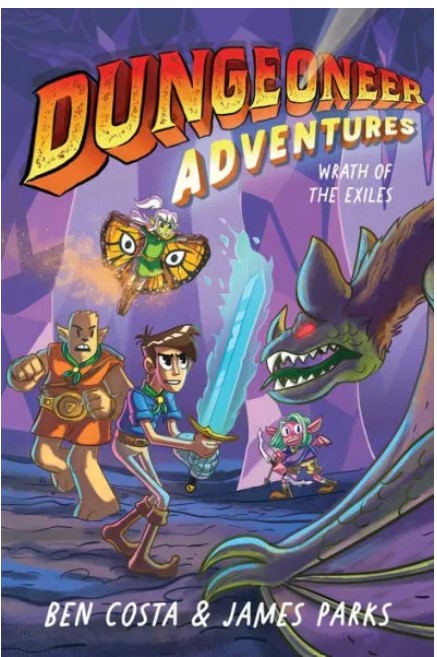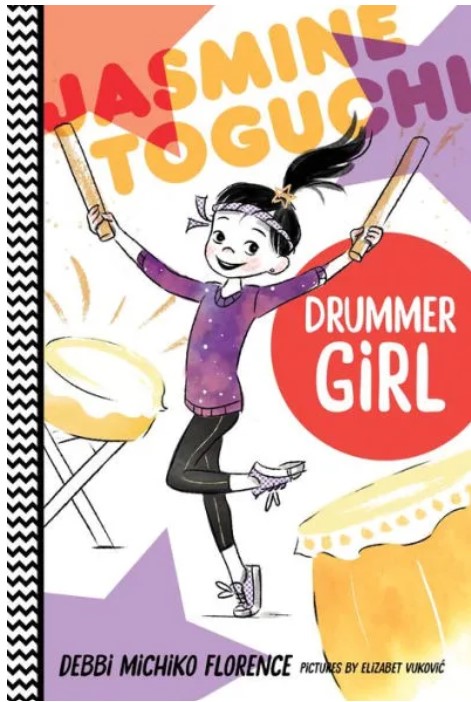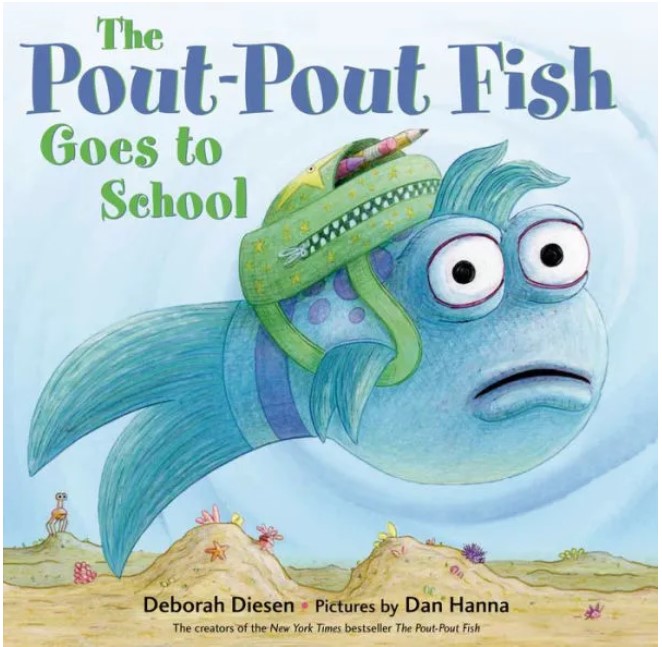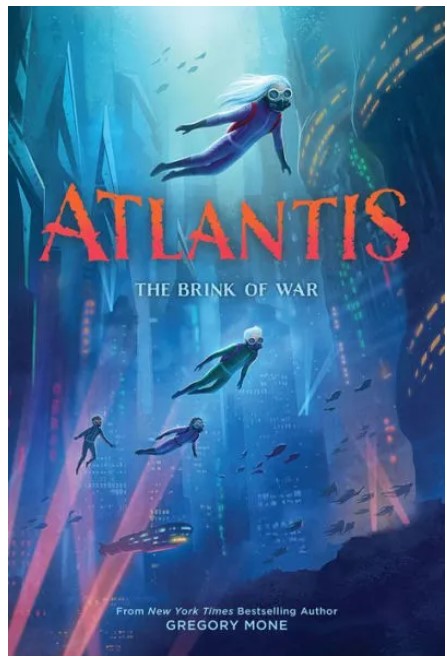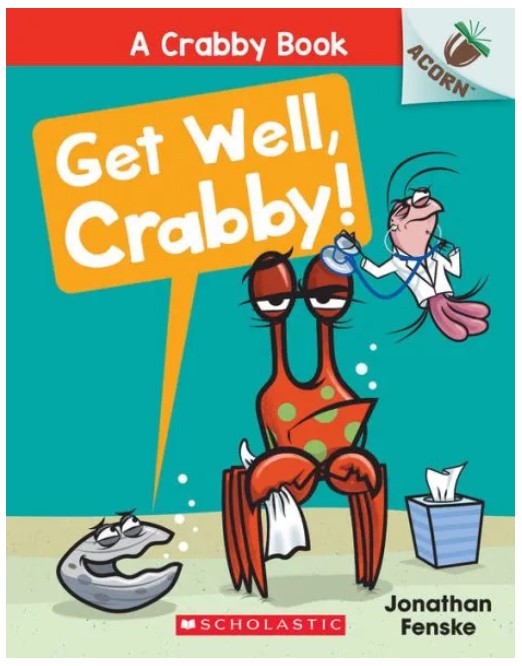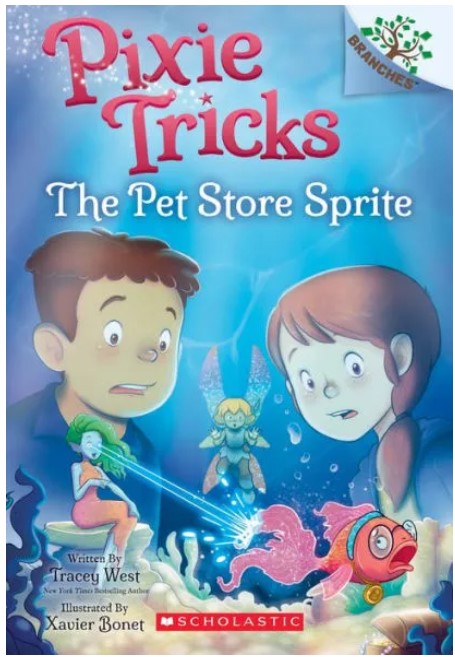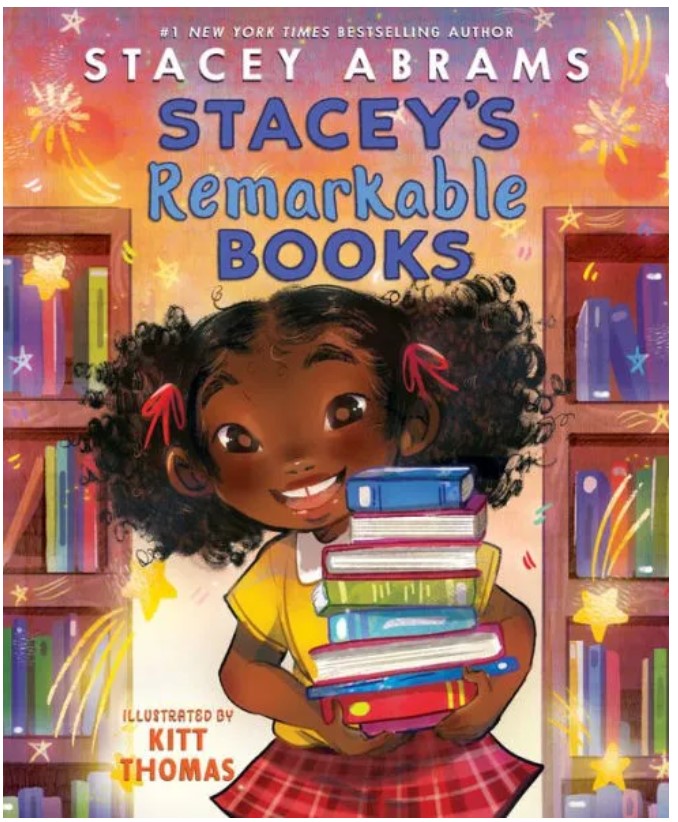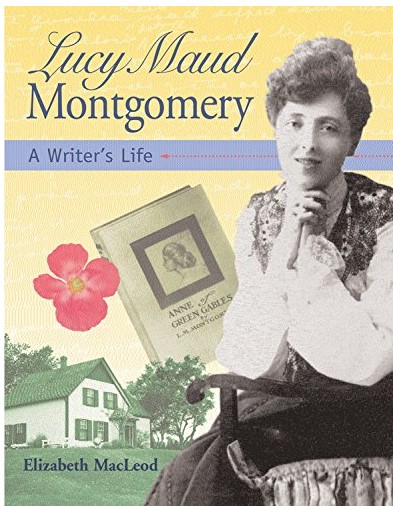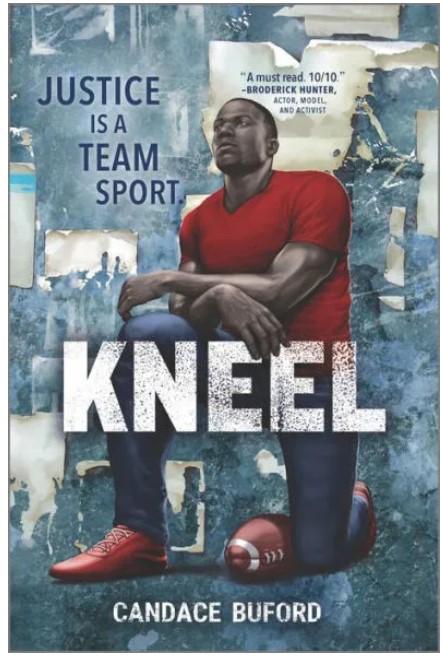The PAW Patrol is helping fix up Main Street Park for the We Love the Earth Fun Fair! The pups are extra excited for Luke Star’s concert. But that night, a big storm hits Adventure Bay. Lightning strikes a big oak tree and Farmer Al can’t make it to the fair. But don’t worry, the PAW patrol is on the roll!
Before the day is over, another call comes in from Cap’n Turbot. Litter is covering the beach! If the litter isn’t cleaned up fast, turtles and seals might think the floating bags are food. Cap’n Turbot and the pups get right to work. Zuma even uses his hovercraft to collect litter from the ocean. This section shows the importance of picking up and recycling trash.
But the PAW Patrol’s work isn’t finished. Luke Star is stuck in a mudslide! He’ll never make it in time without the PAW Patrol’s help. Everyone must work together to make sure the We Love the Earth Fun Fair is fun for everyone! At the end of the day, Luke Star calls Ryder and the pups on the stage and dedicates a song to them! With teamwork, the PAW Patrol saves the day!
The Clean, Green Rescue! is an environmentally focused book that shows the importance of teamwork and conservation. Each new conflict shows how people can do small things to help save the planet. For example, when a tree falls into the road, Farmer Al says, “[The tree] was two hundred years old. Squirrels, deer, and other animals ate the acorns that fell from its branches. Birds, bugs, and animals lived inside the tree, too. It helped clean our air, and it gave us shade.” When Farmer Al uses the wood to make a picnic table, he enforces the importance of reusing items instead of wasting them.
When Luke Star gets stuck in the mud, readers learn about the effects of global warming. Ryder explains, “The weather is warmer this year. The snow melted quickly and loosened the dirt that held the rocks. The storm washed everything down the hill.” While the book doesn’t explore the topic in more detail, readers are reminded to reduce, reuse, and recycle.
The Clean, Green Rescue! is the perfect book for an adult to read to their child. Each page has one to seven sentences, but beginning readers will need help with the advanced sentence structure and some of the more difficult vocabulary. Full-page illustrations use bright colors that will help readers imagine the events in the story.
The Clean, Green Rescue! uses familiar PAW Patrol characters to highlight the need to be environmentally conscious. While the pups work hard to save the day, when the work is over everyone enjoys the concert. The Clean, Green Rescue! is an engaging story that reminds readers of the importance of taking care of the environment. Because facts are incorporated into the story, the lessons never feel like a lecture. To reinforce the environmental lessons in The Clean, Green Rescue!, readers should also read Rocket Says Clean Up! by Nathan Bryon.
Sexual Content
- None
Violence
- None
Drugs and Alcohol
- None
Language
- None
Supernatural
- None
Spiritual Content
- None
